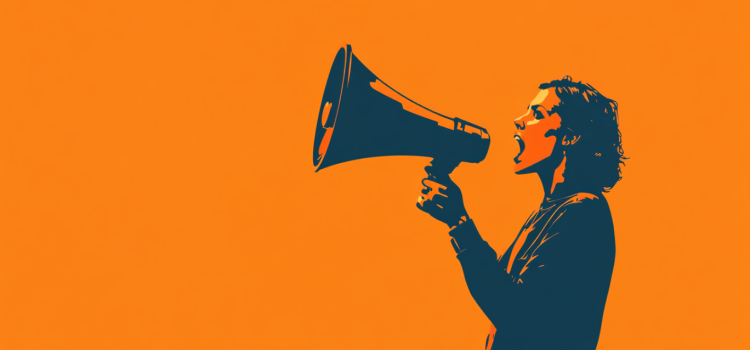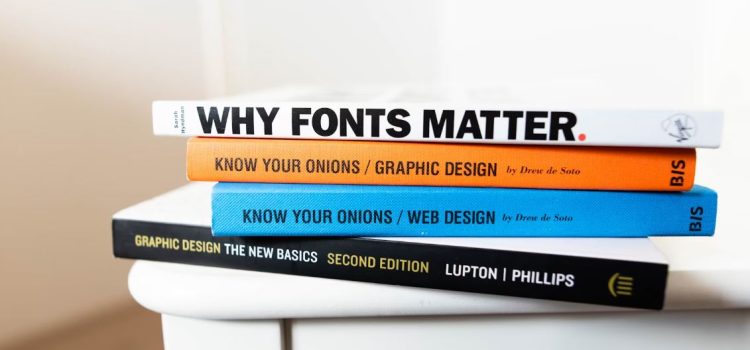When you write, does it have purpose? Do you tailor your writing to your readers? According to behavioral scientists Todd Rogers and Jessica Lasky-Fink, successful writers write effectively. This means they convince readers that their content is worth engaging with, and they get their message across in a way that’s easy for readers to understand. Continue reading to learn what effective writing is from the book Writing for Busy Readers.
What Is Effective Writing? Rogers and Lasky-Fink Explain










